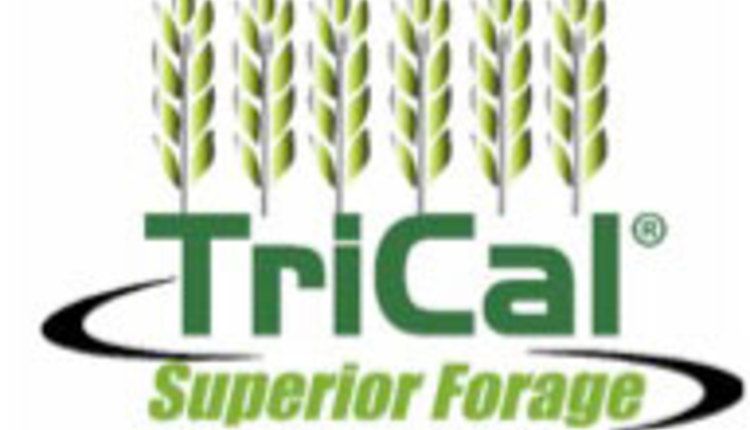USDA funding available to rebuild with cover crops |
|
|
This item has been supplied by a forage marketer and has not been edited, verified or endorsed by Hay & Forage Grower. The special cost-sharing initiative is part of the Environmental Quality Incentives Program (EQIP) and there are two windows to apply, either by May 17 or June 21. Highest priority is the cropland that is unable to be planted with a cash crop and/or harvested this year.  And the soil in several parts of Nebraska couldn’t be more disturbed, especially along the Missouri River. Mark Walkenhorst, Lower Platte North District Conservationist, said it’s the worst flood damage he’s ever witnessed. “I’ve seen some places where deposits of sand look like 3-to-5-foot snowdrifts all the way across a field.” Walkenhorst says cover crops help rebuild the soil long-term and in the short term get fields production ready for 2020. “[Cover crops] help capture nutrients like nitrogen in the root zone for future crops.” For those unable to get a cash crop this year and hoping to plant in 2020, the research is clear. “You need something on the ground that has promise of getting green quickly and as much ground cover as you can get – the sooner the better to get it out there,” said Dr. Roger Elmore, professor in the UNL Department of Agronomy & Horticulture. Elmore notes not to overlook the value and economy of going with a single species; however, producers may need to use a blend to qualify for cost-share money. NRCS requires a seed mix of three or more species of grasses or broadleaf crops. Planting date and seeding method will determine which mix is most suitable. Soil Health Specialist Aaron Hird says before May 15, it’s generally recommended to plant cool season grasses (spring triticale, oats, spring barley), broadleaf legumes (spring peas, clover, hairy vetch), and forbs (camelina, flax). A suitable mix drilled May 15 or after would include warm season grains (sorghum, sudangrass, millet, buckwheat, safflower/sunflower).  In places like Pierce County, hay shortage is a big issue now and likely for years to come. Many lost the majority of what they had, either destroyed or disappeared. “You can’t find hay here,” says Kelly Sindt, of the Pierce Nebraska Disaster Relief Advocacy Group. “We have a lot of farmers willing to pay for it, but you just can’t find it.” For now, they’re relying on convoys of hay brought in from elsewhere, but down the road, finding a crop that maximizes dry matter production is critical. |
